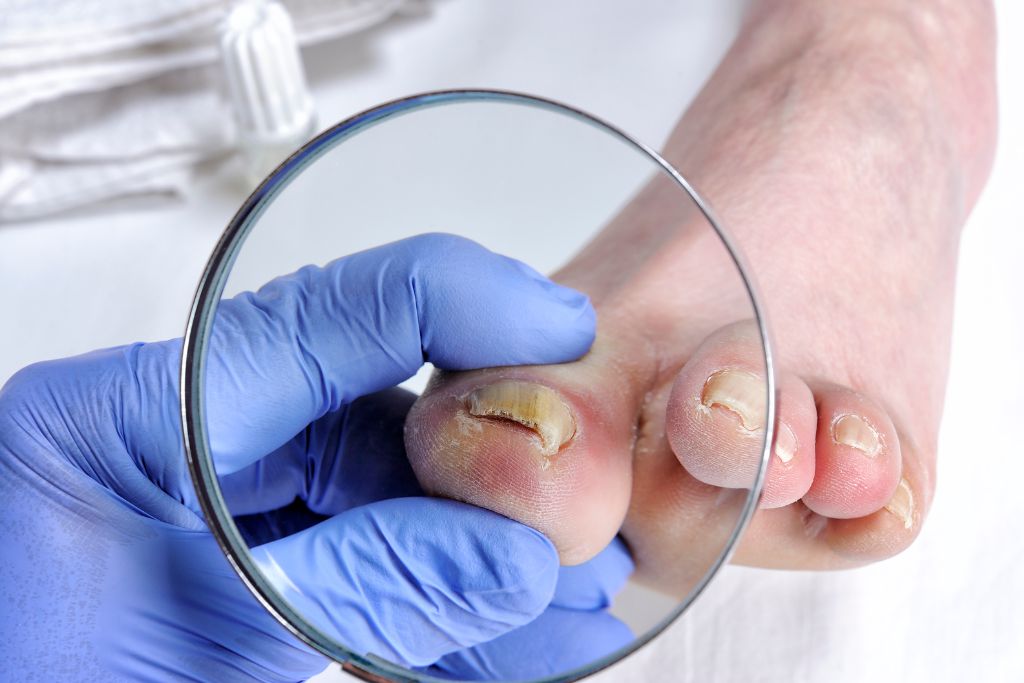Noncommunicable diseases are a growing burden for society and the health system. They are directly linked to behavioural and metabolic risk factors. This national cross-sectional study analyzed a wide range of demographic and socioeconomic (independent) variables about the NCDs’ risk factors (dependent). Pronounced differences by gender were found for two behavioural risk factors and alcohol consumption.
Lifestyle
A large proportion of deaths from noncommunicable diseases are due to lifestyle factors, mainly tobacco and alcohol consumption, physical inactivity and unhealthy diets. These are modifiable behaviours that often start in adolescence and young adulthood, so they represent an opportunity for countries to reduce NCD prevalence and burden.

PRB products underscore the need to develop prevention and control strategies targeting these risk behaviors, particularly among disadvantaged and marginalized people. Studies in developed countries have shown that a healthy life expectancy is significantly lower for people of lower socioeconomic status. In our study, women with the lowest wealth index levels were less likely to have many NCD risk factors than those in the richest groups. In addition, the majority of our respondents had at least two high-risk lifestyle factors.
Genetics
In addition to environmental and behavioral factors, inherited predisposition plays an important role in the development of non-communicable diseases (NCDs). Scientists have found that people who are genetically prone to developing certain conditions such as coronary heart disease, diabetes and rheumatic and oncological diseases, for example, have a different pattern of genes in their blood.

Most NCDs are caused by four particular behaviors: tobacco use, physical inactivity, unhealthy diet and harmful alcohol consumption. These behaviours result in key metabolic/physiological changes including raised blood pressure, overweight and obesity, and increased blood glucose and cholesterol. They are the leading cause of death worldwide, killing over 41 million people each year. Most of these deaths are premature and occur in low- and middle-income countries. The risk factors that contribute to the development of most NCDs can be modified through changes in behavior or through medical interventions such as drugs and surgery.
Environment
The environment is a complex and influential contributor to health. It includes the physical and social settings where people live, work and play. It also includes global issues such as climate change and ecosystem change that may influence health through the food supply, migration and economic development.

Noncommunicable diseases are the number one cause of death and disability worldwide, with over 80% of deaths occurring in low- and middle-income countries. They are characterised by chronic conditions that result in long-term or lifelong health consequences and require regular monitoring and care. They include cancers, cardiovascular disease, diabetes and chronic lung diseases. An estimated 80% of these deaths could be prevented through reductions in major risk factors such as tobacco, unhealthy diets, physical inactivity and harmful alcohol use.
Alcohol
Harmful alcohol consumption causes significant health and social problems for the drinker, the people around him/her and society at large. It is a leading cause of illness and death, killing over 3 million people each year worldwide.
It is also a risk factor for Alzhei- men’s disease and dementia, arthritis, cancer (most often of the throat, mouth, larynx, oesophagus or stomach), chronic obstructive pulmonary disease, cardiovascular diseases, brain damage and depression. It also damages the lungs and reduces mucociliary clearance in asthma patients, interferes with immune system function and predisposes to nutritional deficiencies including vitamin deficiency.

Heavy drinking increases the risk of heart diseases such as alcoholic cardiomyopathy, non-ischaemic dilated cardiomyopathy, atrial fibrillation and haemorrhagic stroke. It also contributes to the development of diabetes, high blood pressure, obesity and other metabolic disorders.
Tobacco
The term non-communicable diseases (NCDs) is familiar to most people, as it encompasses conditions such as cardiovascular disease, cancer and diabetes. These are illnesses that cannot be passed from one person to another and affect people of all ages and socioeconomic backgrounds.
Tobacco is a plant which contains the addictive chemical nicotine and has been linked to numerous health risks. It can be smoked in cigarettes, cigars and pipes, applied to the gums as dipping or chewing tobacco, or inhaled as snuff.

Tobacco use, along with unhealthy diets, physical inactivity and harmful alcohol consumption, is the leading cause of NCD-related deaths globally. These risk factors are modifiable, which means they can be prevented or reduced. Almost half of all NCD-related deaths are preventable by changing lifestyles, such as using safe forms of tobacco and eating more fruit, vegetables, whole grains and healthy fats.
Risk factors for noncommunicable diseases (NCDs) are a global health issue. Understanding these risk factors helps prevent and intervene. “What to Expect When Getting Your Wisdom Tooth Removed” reveals how dental health may affect general wellness. Impacted wisdom teeth can cause inflammation and infection, increasing NCD risk. This page helps people understand oral health and NCDs. Preventing dental issues can lower disease risk.



